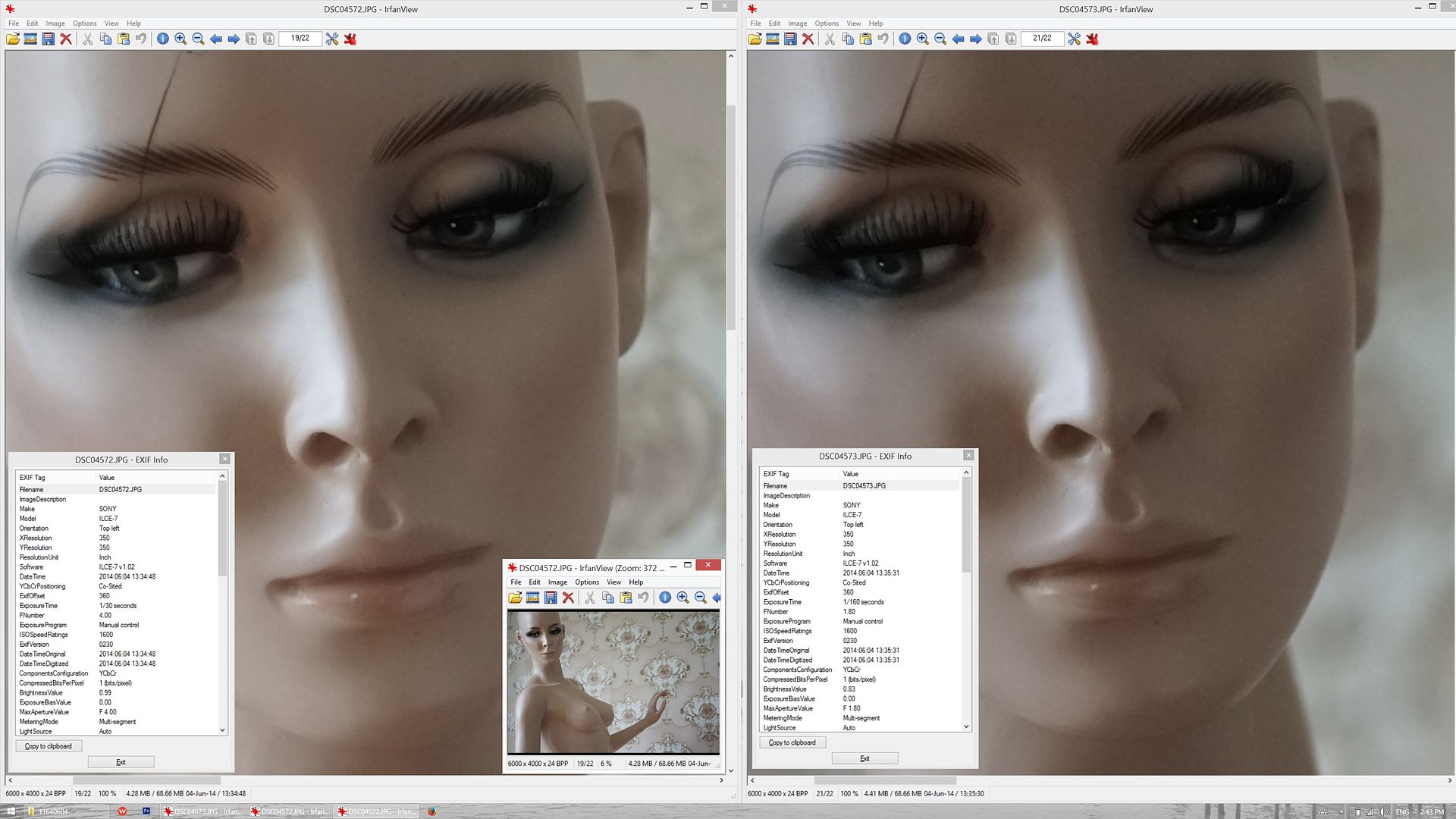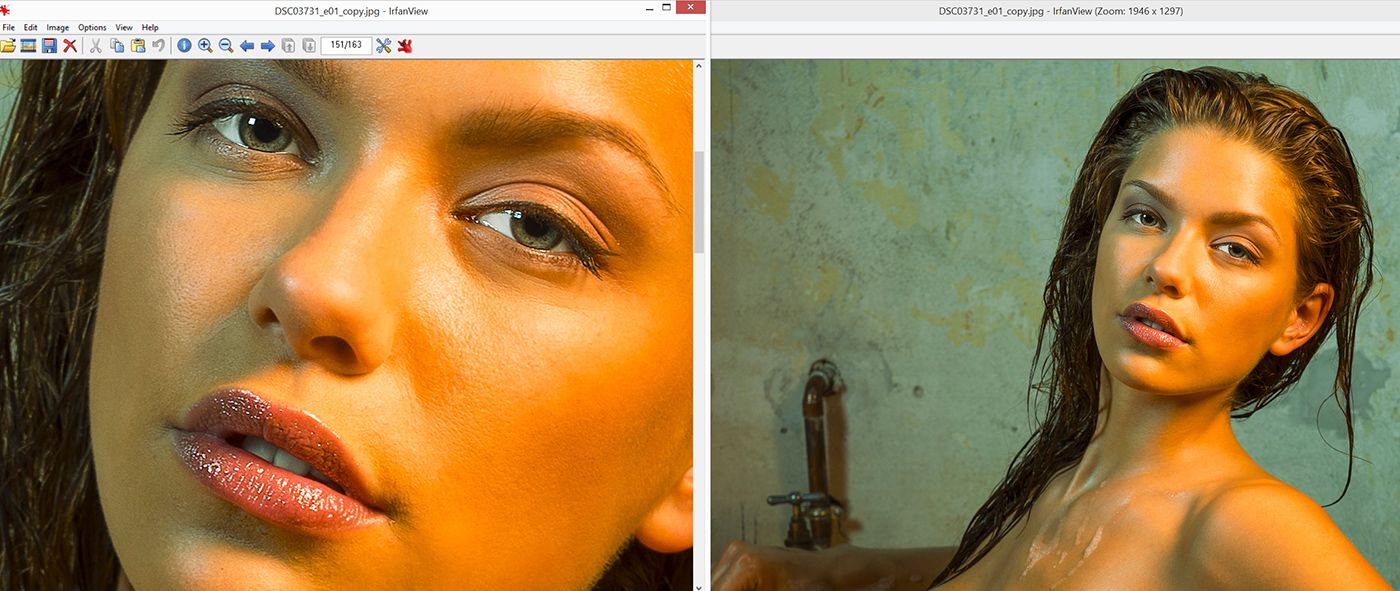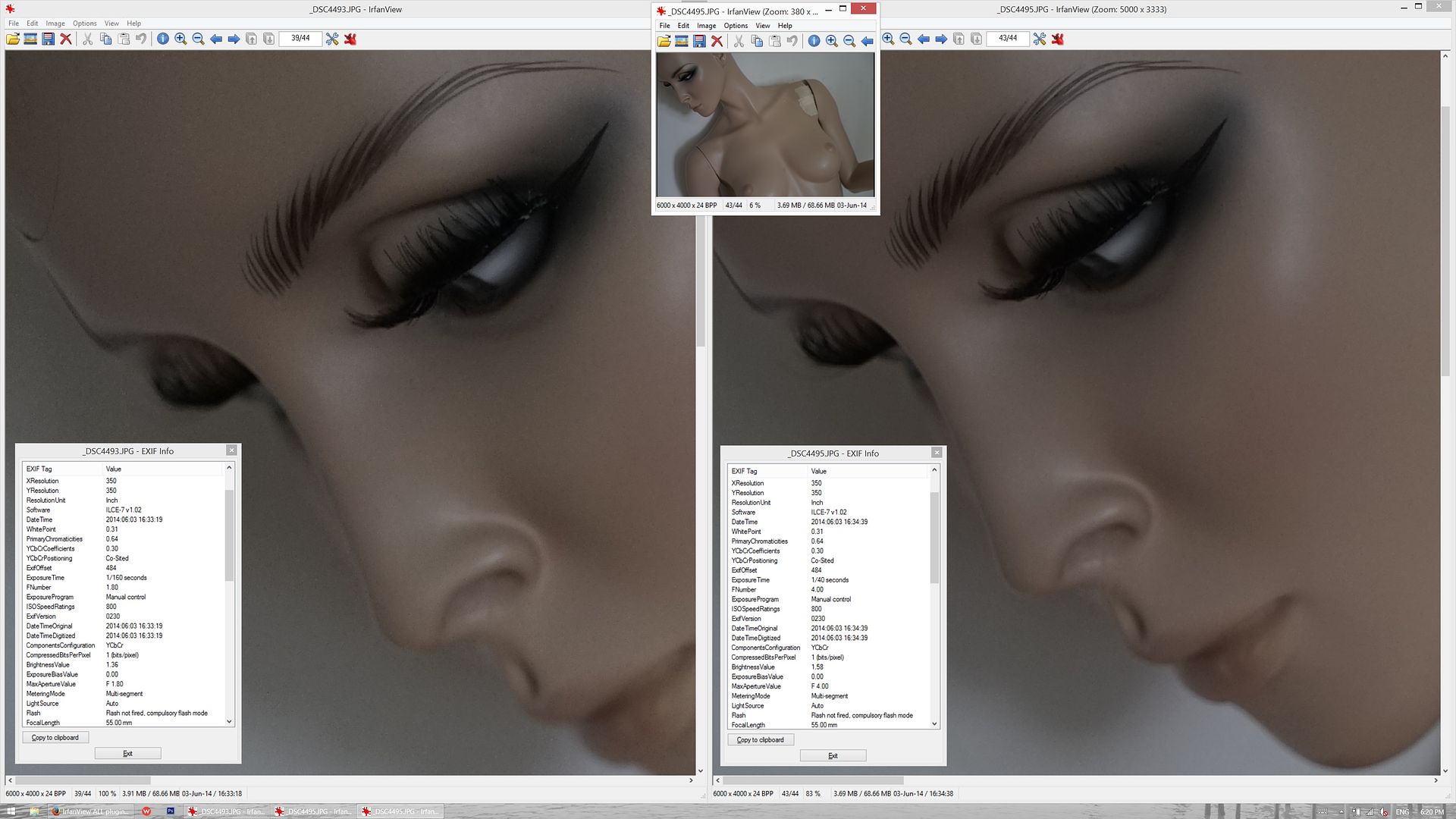Guest post: A second opinion on the Sony Zeiss FE 24-70mm f4 lens by Stefan Grosjean.
Sample image with 100% crop.
—-
SAR note: This is a guest post. Feel free to share your story or review at sonyalpharumors@gmail.com. Thanks!
—-
A second opinion on the Sony Zeiss FE 24-70mm f4 lens (by Stefan Grosjean)
We have all read the reviews. They all seem to agree that the Zeiss Zoom for Full-Frame E-mount Cameras is somewhat “disappointing”: (1) It’s not fast enough, (2) the corners are not sharp, (3) the distortion is heavy, and (4) it’s also too big, too heavy and too expensive.
The Sony Zeiss 55mm lens in contrast was received very well. Reviews agreed that it’s an “excellent” lens. With f1.8 it’s quite fast, it’s sharp across the entire frame even full open, and there’s almost no distortion to speak of (but it’s also rather expensive and not really small).
What’s interesting to me is the fact that both lenses have actually more or less the same low light ability although they do it very differently: The Prime has an aperture that is 2.3 stops brighter, the Zoom has an optical steady shot which is supposed to allow for 2-3 stops longer exposure times – which gives you about the same brightness. So let’s do a very quick and simple test and see how the “disappointing” zoom lens and the “excellent” prime lens perform under poor lighting conditions.
For this test the 55mm was full open at f1.8 with exposure time being 1/160sec. If there’s no steady shot I always chose 1/160 or faster to be sure most of my images turn out sharp (I guess my hands are pretty shaky). The 24-70mm was full open at f4 with an exposure time of 1/30 and 1/40. Steady shot was activated. Focal length was set to 55mm and all the other settings were also the same. The light source was a window on a rainy day. ISO speeds were at 800 (comparison 1) respectively 1600 (comparison 2). All photos were shot by hand without using a tripod. The autofocus field (size M) was set to the very corner because that’s where we have to expect the most significant differences. Photos are JPGs shot from my a7.

Comparisons between 100% crops from the top left corner (original photo is shown small in the middle). EXIF-date is displayed for both photos.
When comparing these photos wouldn’t you think the differences in image quality should be more noticeable? After all we are comparing a “disappointing” with an “excellent” lens, both pushed to their very limits (full open, focus far off-center, shaky hands)!
After using the Zeiss zoom for four months I came to form a different opinion than most reviewers. Let’s address each of the concerns stated above.
1) f4 is way too slow!
2nd opinion: The zoom lens will of course never give you the beautiful bokeh of the prime nor quite as quick exposure times, but when it comes to low light capabilities the optical steady shot can actually compensate for the slower aperture, making the zoom in brightness equivalent to a 24-70mm f1.8 lens!
2) The corners are blurry!
2nd opinion: The corners are not blurry because this lens simply is not sharp outside of the center but because it has field curvature. This means the focal plane is not entirely flat but slightly curved, resulting in out-of-focus corners when shooting something completely flat like a wall while focusing in the center. This can be a problem when you’re shooting paintings in a museum with poor lighting at 24mm. In most other situations you will probably not have problems. And yes, you will always get sharp corners with this lens as long as you remember to focus in the corners.
3) The distortion is heavy!
2nd opinion: Yes, I was shocked about this too when I opened the first RAW-files. The lens correction profile for Camera Raw was not yet available when the lens was released, which was a big mistake by Sony. But now you can auto-correct these distortions without much loss of image quality. If this is the prize they had to pay for a compacter lens, then they were right by doing so.
4) Too big, too heavy and to expensive!
2nd opinion: It’s true, the FE 35mm f2.8, the FE 55mm f1.8 and the FE 28-70mm f3.5-5.6 are all smaller, lighter and cheaper (although they Zeiss lenses are all quite expensive). But if you don’t like to buy three different lenses that you have to carry around and change all the time, the FE 24-70mm can basically cover for all of them, making this option actually the cheapest, smallest, fastest and option.
So why were the reviews so bad?
If you test a zoom against a prime in the lab, the prime will always be the winner, because the lab is a home game for the prime: There’s no time pressure and there’s no baggage to carry around for hours. What’s more, the zoom lens only gets compared at the same focal length as the prime in question, which means not taking into consideration the best advantage of a zoom: You don’t have to use this focal length.
To give a zoom lens a fair chance of winning you would have to activate the digital zoom with the prime and test them against each other at different “zooming” positions. But we already know what comes out when an optical zoom competes against a prime with digital zoom: all of a sudden people say the zoom is “excellent” while the prime is “disappointing”.
My conclusion?
In my 2nd opinion the FE 24-70mm is as fine a lens as the other Sony Zeiss FE lenses (but also as overpriced). It’s far from being some ideal dream lens, but then again, all lenses are. In reality lenses are always compromises, and in this case I believe the designers have made all (or at least mostly) the right compromises. The bad reputation seems to have a lot to do with the lab-bias. This happens when we rely more on lab tests then on actual photography. I’m glad the lens designers chose to make a lens that’s good in the field instead of designing a lens for the lab. For me and for what I do it’s the best lens I ever had.
Stefan Grosjean, June 2014
www.stefangrosjean.com (SAR note: Site contains nude pictures)
–
The Zeiss 24-70mm FE can be bought in USA at Amazon, Adorama, BHphoto, SonystoreUS. And in Europe at Sony DE, FR, IT, ES, NL, BE, SE, PT (Click on country name to see the lens site).




